Text
DRRM: Brgy. Sangandaan, Proj. 8, Q.C., LAGING HANDA!
As a freshman in the University of Santo Tomas, we are required to take up this course called NSTP (National Service and Training Program), and we’re currently focusing on what we call DRRM (Disaster Risk and Reduction Management). So what are all these and what do we do? Basically, we learn and get to know more about the different communities in the country, and how we can do our part and contribute to the overall well-being, happiness, and safety of the people who live in it. DRRM is grounded and focuses on four thematic areas: Disaster Prevention and mitigation, Disaster Preparedness, Disaster Response, and Disaster Rehabilitation and Recovery.
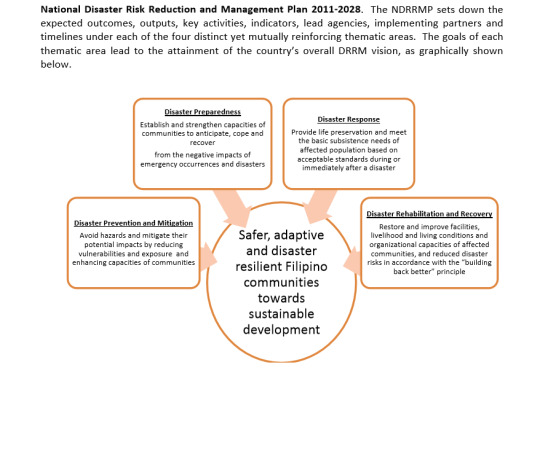
For the past 7 years that I’ve lived in the humble and thriving community of Brgy. Sangandaan, I’ve never had the chance to interact with the people who worked in the barangay hall or office. And now, I’ve recently had the chance to have a walk and “kwentuhan” with one of the local head persons of our barangay’s DRRM: Sir Fidel Nisperos.
December 9, 2019, I visited the brgy. hall. All of the staff and workers who were there were very patient, kind and accommodating. And as I was waiting for Sir Nisperos, I was able to observe that the place has a very happy and healthy working environment, and all seemed very close to one another. This even brought a smile to my face.
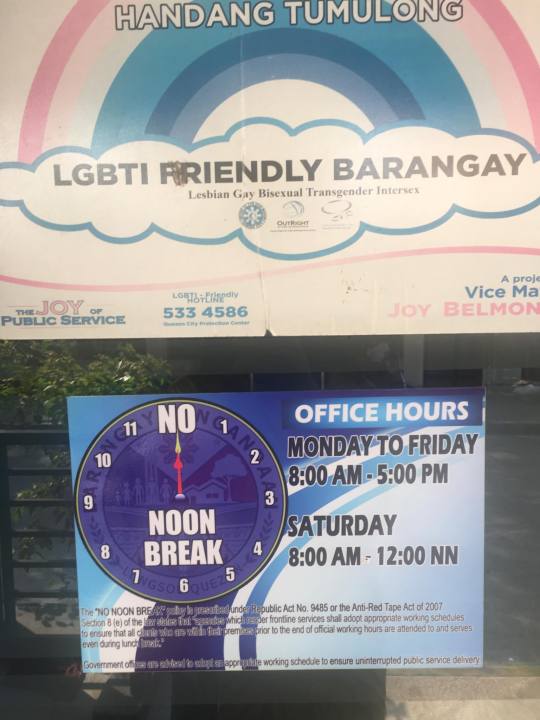
Sir Fidel was kind enough to accommodate an interview with me even without prior schedule or notice. He enlightened me and shared with me almost entirely everything I needed to know about our barangay’s DRRM.
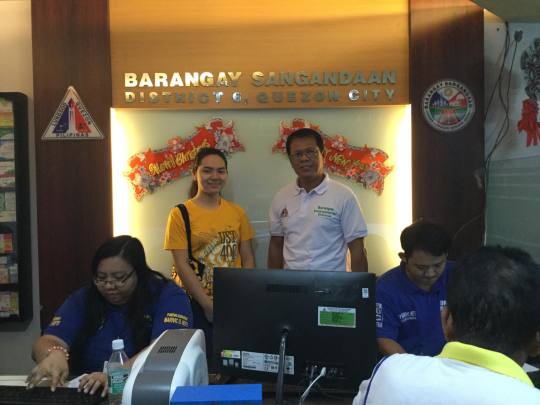
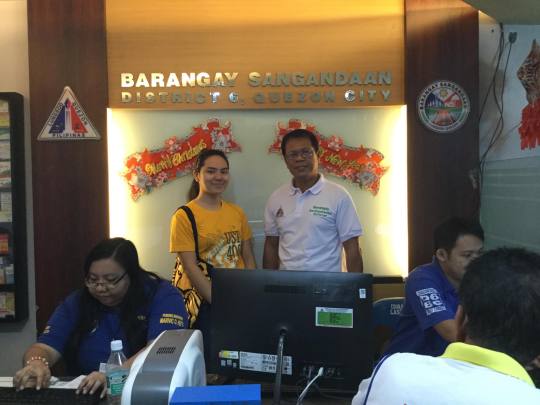
We first identified and analyzed the hazards, calamities, dangers, that may affect and disturb the peace and safety of the community. Sir mentioned a few specific incidents and calamities that have already occurred: in 2012, a large fire spread across 100 homes affecting around 200 families; in Bagyong Ondoy the floods were so great that it surpassed the height of an average Filipino and the height of three-story townhouses. We are now preparing for “the Big One”.
So how does DRRM prepare for this? To identify a nearing threat, they always stay updated with the weather forecast. They often hold earthquake drills (quarterly) in areas like the Savemore supermarket (Project 8) and the Villagers Montessori, because these are the places where a lot of people mostly gather. They are always alert and standing by, since the Blue ridge, Libis in Q.C. is the nearest fault line to us. Their evacuation emergency plan for any kind of calamity, is to escort people to the designated evacuation centers, namely: first plan is at the Mendoza covered court, then Ismael Mathay Sr. High school, since both are of the highest places in the district, and there are a lot of buildings. If ever it is too full, next is to evacuate to the church beside the Brgy. Hall, the Immaculate Conception Church. Last resort is to the private village, Paradise Village’s covered court (given their consent).
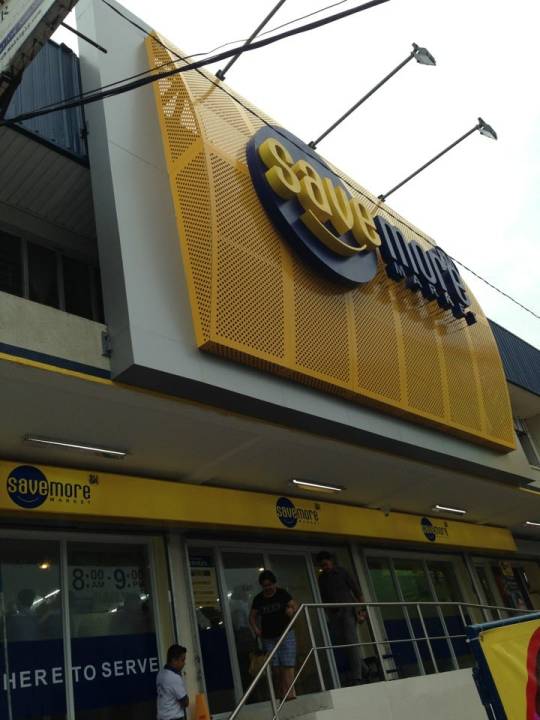
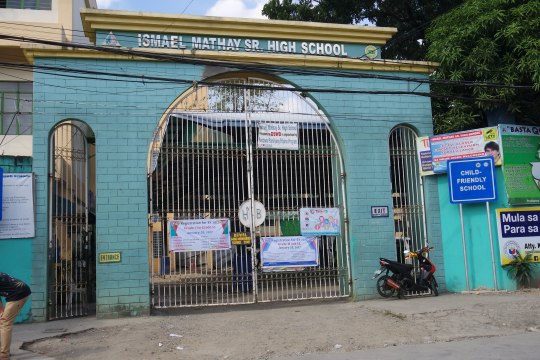
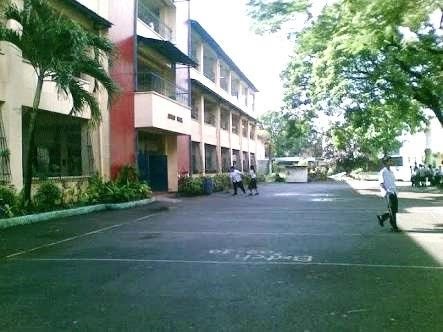
When it comes to mitigation, He said that they first look back at the previous incidents and what may have caused things to happen, and what may have gone wrong. As for instance, during Bagyong Ondoy, there wasn’t enough mitigation for it, and since then, the government has been continuously cooperating with the different districts to ensure that everyone is prepared. They also conduct inspections of hazards, such as large trees that may cause harm to people and houses next to them, so they eventually have to cut these trees down. They also frequently de-clog the sewers, and provide dissemination programs on proper cleaning of the home and environment to avoid illnesses and viruses such as Dengue, and hygiene programs.
We took a little walk around, this when we talked about the Depressed areas and the Informal settlers who live by the river and underneath the bridge. He said it to be one of their main concerns for a number of reasons: they are one of the main causes of the river’s pollution; it is dangerous to live underneath the bridge and beside the river, since one can easily fall into the river, or during storms, floods may easily surge them due to its overflow; they are the poorest in the society, therefore they don’t have the right drainage and septic tanks that enable them to avoid floods; since they are the ones usually most affected during calamities, most of the funds for financial assistance goes to them. At this moment they are still waiting for the government’s approval and provision for them to be relocated, and they are continuously encouraging them to consider this. This has to be one of the most hazardous places. Another is that there are a lot of stray dogs by the route I pass towards home, and two or three times they’ve already barked or threatened me (but didn’t harm me thankfully).
One of the safest spaces in the barangay has to be the area within the Brgy. Hall, beside it the Church and beside the Church is the Health Center. Having these three geographically close to one another gives (if not all, to me personally) a sense of security, safety, ensurance, and community. Personally based on my observation, one of the best practices my community has is cleanliness. I walk from place to place around the barangay very often, and I have hardly seen any trash such as wrappers or plastics lying around.
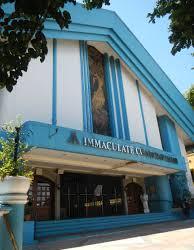
In addition to these, I asked Sir Nispenos about the specific and various programs for the PWD, elderly, and the youth. For the Pwd, they have a list and record of them so that they’d know who to prioritize. For the Senior Citizens, they do their best to screen and identify the senior citizen indigents so that the people who first get the government pensions are those who really need it. And lastly for the Youth, there are life training programs, especially for those out of school, such as welding, automobile, call centers, sewing and dressmaking, cosmetology, etc. For those who wish to study, there are several scholarships offered, supported by the government and the diocese of Cubao.
Personal insights
I think one of our main issues and concerns in our community is poverty. This has been the most obvious yet unresolved and dominating issue in our country, and I can see it clearly everyday as I pass by the bridge where the informal settlers live. Based on my own knowledge on politics and government programs, support and services, I think the government should focus on helping these informal settlers both find a proper home, and gain a sustainable way of earning money and making a living. The government should support them in a way that sometime in the near future they are then able to eventually support themselves. As Sir Fispenos said, most of the funds go to them since they are always the most affected, due to lack of resources, nd the lack of resources come from lack of sustainable jobs and income. Therefore, the cycle goes all over again. The allocation of our budget tends to be quite messy at times, but then again there are a lot of issues and concerns that need focus and I hope the government recognizes this. I simply realized how blessed I am to be able to live a comfortable life. I am thankful for the everyday blessings of having a happy and complete family, a religious community and a solid group of friends who are always there to support me, a roof over my head, having food to eat three or more times a day, studying in a prestigious university, and knowing and having a deep relationship with God. These things I try not to take for granted every day, and I eventually realize that everyone, every single child of God deserves to be loved and to be blessed with happiness and peace, all the days of their lives. That’s why we must in return share these blessings given to us. It is important to be socially aware of these issues and kinds of things, because it strengthens our sense of community, and helps us empathize more with the people around us. One concrete way is to be more active in social development programs, like me not only in NSTP, but in my religious org. wherein I am able to reach out to different kinds of people at different states of life. One suggested way is to also create my own action plan, so that I am able to openly share my personal thoughts and takes on an issue then it may eventually contribute to the greater good.
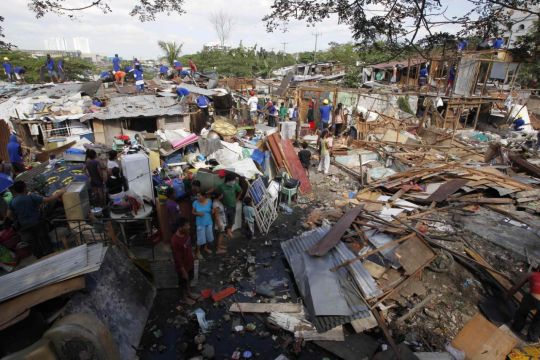
Sources: https://sites.google.com/site/ismaelmathaysrhsqcsecondary/history-1 , https://www.google.com/url?sa=i&rct=j&q=&esrc=s&source=images&cd=&cad=rja&uact=8&ved=2ahUKEwiso6Ol1LDmAhVT8XMBHWAvBicQjhx6BAgBEAI&url=https%3A%2F%2Fcommons.wikimedia.org%2Fwiki%2FFile%3A03102jfBarangays_Church_Conception_Talipapa_Sangandaan_Quezon_Cityfvf_04.jpg&psig=AOvVaw1vBG8_kcajqoUVAgsGs0oZ&ust=1576258930208586 , https://foursquare.com/v/savemore-project-8/51511425e4b0fe2bab60f58d?openPhotoId=51a6d80d498e1575af11bb58 https://www.bing.com/images/search?view=detailV2&ccid=17vSFTAP&id=EF31C8E734D970C54EA5A64AF405583ECDB67CDE&thid=OIP.17vSFTAPBzCazaZNrBltdwHaE7&mediaurl=https%3A%2F%2Fs.yimg.com%2Fny%2Fapi%2Fres%2F1.2%2F3xRorRyaPJ4VHMsZbVPUcg--%2FYXBwaWQ9aGlnaGxhbmRlcjtzbT0xO3c9MTI4MDtoPTk2MDtpbD1wbGFuZQ--%2Fhttp%3A%2F%2Fmedia.zenfs.com%2Fen_us%2FNews%2FReuters%2F2014-01-28T083908Z_1069901473_GM1EA1S1A3P01_RTRMADP_3_PHILIPPINES.JPG.cf.jpg&exph=853&expw=1280&q=poverty+quezon+city&simid=608007690116796036&selectedindex=1&ajaxhist=0&vt=0&sim=11
http://ndrrmc.gov.ph/attachments/article/41/NDRRM_Plan_2011-2028.pdf
1 note
·
View note